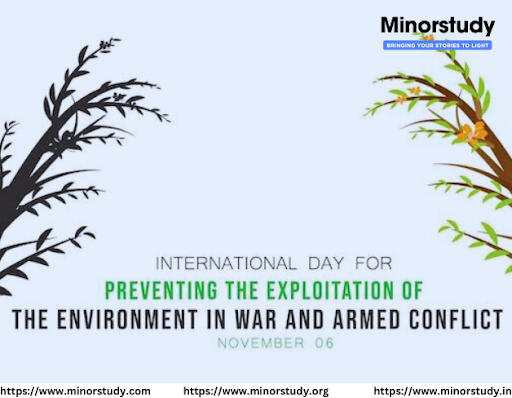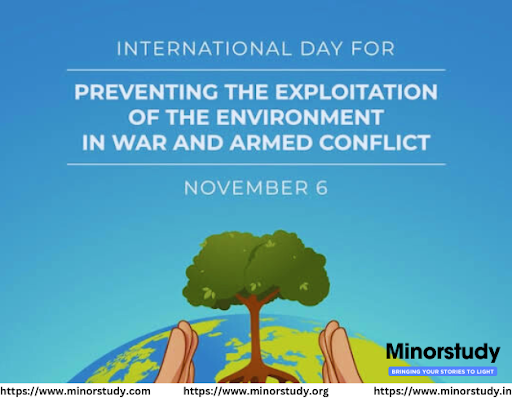**National Cancer Awareness Day** is observed in India on **November 7** each year to raise awareness about cancer prevention, early detection, and treatment. The day highlights the importance of understanding cancer risks, encouraging screenings, and promoting lifestyle changes that can reduce the likelihood of developing cancer. It also seeks to spread information on the resources and support available to those affected by cancer.
### History and Significance
- **Establishment in India**: National Cancer Awareness Day was first announced in **2014** by then-Union Health Minister Dr. Harsh Vardhan to emphasize the need for early detection and widespread awareness. The date coincides with the birth anniversary of Nobel laureate Marie Curie, whose pioneering work in radioactivity was instrumental in cancer treatment.
- **Cancer in India**: Cancer is a leading cause of mortality in India, with over a million new cases reported each year. The day focuses on combating this growing health issue by encouraging awareness and early diagnosis, which can significantly increase survival rates.
- **Importance of Early Detection**: Many cancers are curable if detected early. National Cancer Awareness Day promotes regular screenings, self-examinations, and awareness of symptoms to encourage early diagnosis and treatment.
### Key Points
1. **Types of Common Cancers**: In India, the most common cancers include breast, cervical, lung, and oral cancers, with lifestyle factors like tobacco use, alcohol consumption, and lack of exercise contributing to many cases.
2. **Role of Prevention**: Preventative measures, such as a healthy diet, regular physical activity, avoiding tobacco, and reducing alcohol intake, are emphasized to lower cancer risk.
3. **Free Screenings and Health Camps**: On this day, health camps and screening programs are organized nationwide to provide free or low-cost screenings, especially in rural and underserved areas.
4. **Government Initiatives**: The Indian government and health organizations collaborate to improve healthcare infrastructure, cancer treatment accessibility, and awareness campaigns for the public.
### Important Facts
- **High Cancer Mortality**: India has a high rate of cancer-related deaths due to late-stage diagnosis, lack of awareness, and limited access to healthcare in certain regions.
- **Support for Patients**: The day also serves to educate people about the resources available, including support groups, treatment options, and palliative care for those undergoing cancer treatment.
### Ways to Observe National Cancer Awareness Day
- **Educational Programs**: Attend or organize seminars, webinars, and awareness talks focusing on cancer prevention, symptoms, and treatment.
- **Get Screened**: Encourage friends and family to get screened for common types of cancer, especially if there are risk factors or family history.
- **Support Cancer Patients**: Reach out to cancer support organizations to learn about volunteering opportunities, or offer support to those affected.
- **Spread Awareness**: Use social media or community networks to share information on cancer prevention, early signs, and the importance of screenings.
### FAQs
- **Why is early detection important for cancer?**
Early detection allows for prompt treatment, often resulting in better outcomes and higher survival rates. Many cancers are more treatable when caught in their early stages.
- **What are some common early symptoms of cancer?**
Symptoms vary but may include unusual lumps, unexplained weight loss, changes in skin or moles, persistent cough, and changes in bowel or bladder habits. Consulting a doctor for persistent symptoms is crucial.
- **How can lifestyle changes reduce cancer risk?**
Healthy habits like avoiding tobacco, limiting alcohol, eating a balanced diet, and exercising regularly can significantly reduce the risk of developing cancer.
### National Cancer Awareness Day Messages and Quotes
- "This National Cancer Awareness Day, let’s take a step towards early detection and spread the message of hope and health for all."
- "Fighting cancer begins with awareness. Let’s join hands to spread knowledge and encourage early diagnosis to save lives."
- "On National Cancer Awareness Day, let’s honor the fighters, celebrate the survivors, and remember the loved ones lost to cancer."
### Timeline
- **2014**: National Cancer Awareness Day is officially declared in India.
- **2015**: First national observance of the day with a focus on cancer prevention and early detection.
- **2020**: Government programs like Ayushman Bharat expand access to healthcare, including cancer screenings, in rural and underserved areas.
National Cancer Awareness Day is a reminder that understanding cancer risks, recognizing early signs, and supporting cancer research and care are essential for building a healthier society. This observance promotes education, preventive action, and compassionate care for those impacted by cancer.




















